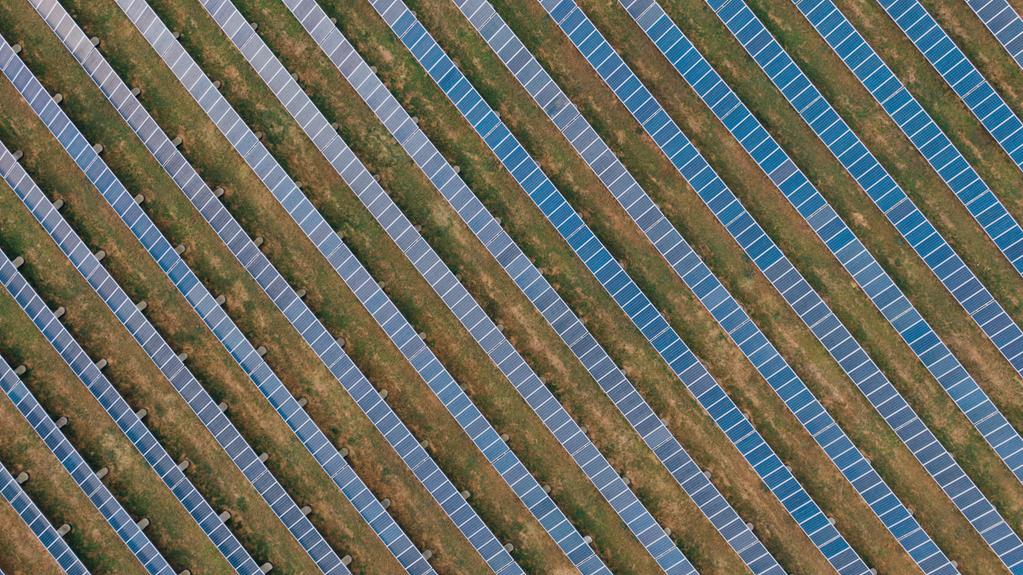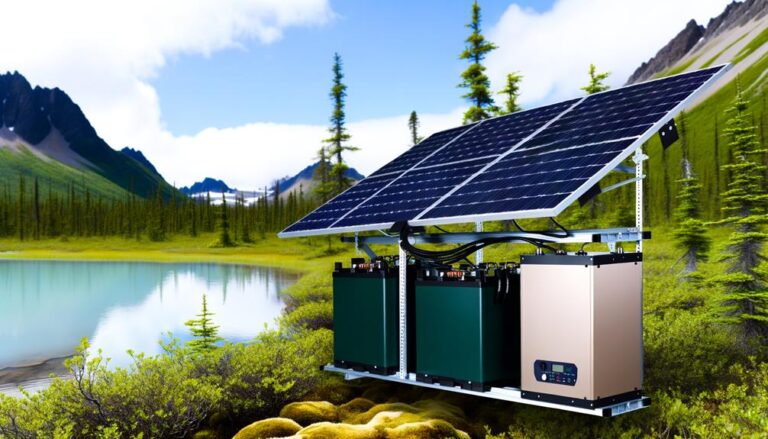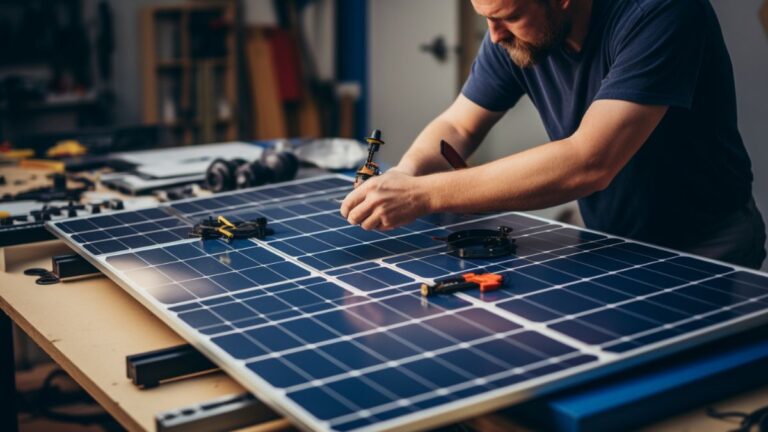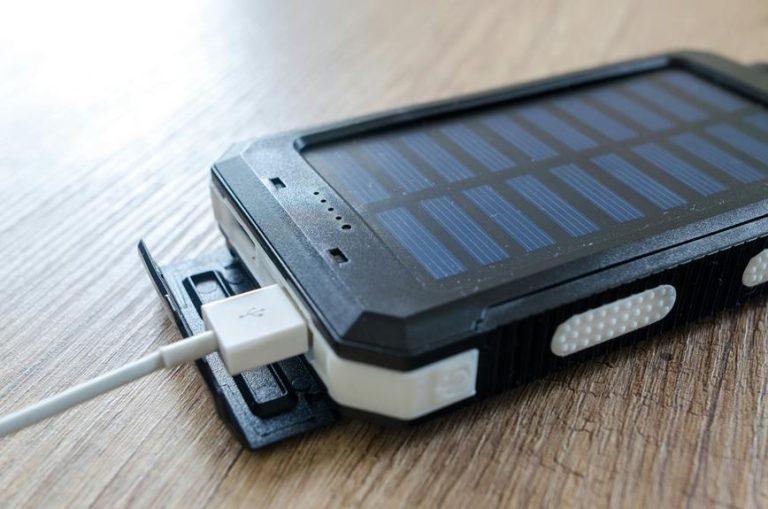Assessing Solar Power Systems: A Worthwhile Investment?
Are you considering investing in a solar power system? Did you know that solar power installations in the United States have increased by an impressive 42% over the past decade?
In this article, we will objectively assess the financial aspects of solar power systems, helping you determine if it is a worthwhile investment. We will explore the initial costs, long-term savings, available financing options, return on investment (ROI) analysis, and factors that affect the payback period.
Get ready to make an informed decision about the future of your energy source.
Initial Costs of Solar Power Systems
When you invest in a solar power system, you’ll need to consider the initial costs involved. Conducting a cost benefit analysis is crucial in determining whether the investment is worthwhile.
The upfront expenses typically include the purchase and installation of solar panels, inverters, batteries, and other necessary equipment. Additionally, you may need to hire professionals for site assessment and system design.
However, it’s important to note that government incentives can help offset these costs. Many countries offer financial incentives in the form of tax credits, rebates, or grants to encourage the adoption of solar power. These incentives can significantly reduce the initial investment and improve the overall cost-effectiveness of the system.
Therefore, it’s essential to thoroughly evaluate the initial costs and potential incentives before making a decision.
Long-term Financial Savings
To maximize your long-term financial savings, it’s important to consider the potential return on investment from a solar power system. One key factor to consider is solar panel efficiency, which refers to the ability of the panels to convert sunlight into electricity. Higher efficiency panels will generate more electricity, resulting in greater savings over time.
Additionally, government incentives can play a significant role in increasing your financial savings. Many governments offer tax credits or rebates for installing solar panels, which can help offset the initial costs and improve the overall return on investment.
It’s crucial to research and understand the specific incentives available in your area to fully assess the long-term financial benefits of a solar power system. By considering both solar panel efficiency and government incentives, you can make a well-informed decision and maximize your long-term financial savings.
Available Financing Options
Considering the potential return on investment and long-term financial savings of a solar power system, you should explore the available financing options to make an informed decision.
One option to consider is solar power grants, which are financial assistance programs provided by governments, organizations, or utility companies to encourage the adoption of solar energy. These grants can cover a portion of the upfront costs associated with installing a solar power system.
Another financing option is leasing, which allows you to access the benefits of a solar power system without the upfront costs. With a solar lease, you pay a fixed monthly fee to the system owner for the use of the solar panels. While leasing may not provide the same level of financial savings as owning a solar power system, it can still offer significant cost reductions and environmental benefits.
Return on Investment (ROI) Analysis
To assess the financial viability of a solar power system, you should conduct a return on investment (ROI) analysis. This analysis evaluates the cost benefit of investing in solar power by comparing the initial investment with the expected returns over the system’s lifespan.
The ROI is calculated by dividing the net present value of the system’s returns by the initial cost. This analysis takes into account various factors such as the cost of installation, maintenance, and operation, as well as the expected savings on electricity bills and potential incentives or tax credits. Additionally, it considers the efficiency of the solar power system, which is crucial in determining the amount of electricity generated and the savings achieved.
Factors Affecting Payback Period
You should take into account various factors that can impact the payback period for a solar power system. Conducting a cost benefit analysis is crucial to determine the financial viability of the investment.
This analysis involves assessing the initial cost of the solar power system, including the cost of solar panels, installation, and any additional equipment needed. Additionally, it’s essential to consider the ongoing maintenance and operational costs of the system.
Another factor that affects the payback period is solar panel efficiency. Higher efficiency panels generate more electricity, resulting in quicker payback periods. Factors such as location, shading, and orientation of the panels also influence their efficiency.
Conclusion
In conclusion, investing in solar power systems can be a prudent decision. While the initial costs may seem high, the long-term financial savings and available financing options make it a worthwhile investment.
The return on investment (ROI) analysis shows that the payback period can be relatively short. However, it’s important to consider factors that may affect the payback period.
Ultimately, harnessing solar energy not only benefits the environment but also offers a promising financial return.
Like a ray of sunshine, solar power systems illuminate a brighter future.




